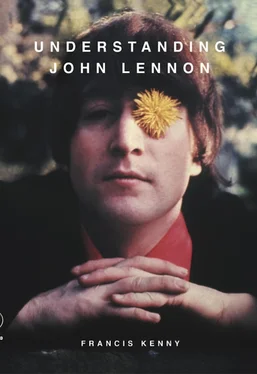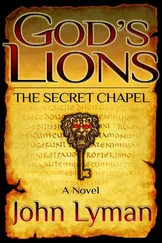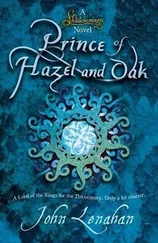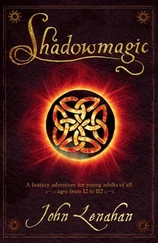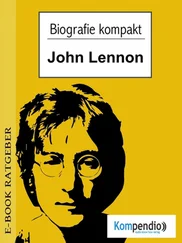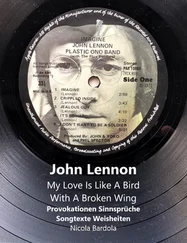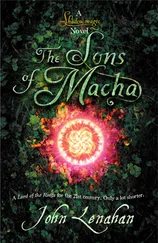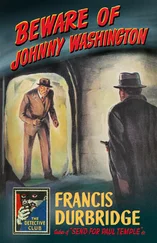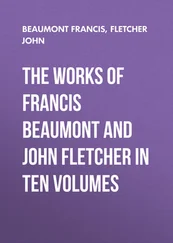You need not attach great importance to the rioting in Liverpool last night. It took place in an area where disorder is a chronic feature. 1
Such bias was deeply ingrained, nurtured by a long-standing xenophobia towards the Irish immigrant community. Indeed, in 1866 The Anthropological Review and Journal claimed that the ‘Gaelic man’ was characterised by:
his bulging jaw and lower part of the face, retreating chin and forehead, large mouth and thick lips, great distance between nose and mouth, upturned nose, prominent cheekbones, sunken eyes, projecting eyebrows, narrow elongated skull and protruding ears.
Scientific xenophobia was common in the 19th century, directed not just towards the large immigrant Irish population but also towards Jewish and African people. Punch Magazine was not averse to portraying the Irish in cartoon form as Neanderthals dragging their knuckles along the floor. The bias against those who made up a significant part of the Irish diaspora only served to firm the sense of otherness of those within the city. The fact that the city was the only one in Britain to elect a representative to the Houses of Parliament (T. P. O’Connor, served 1885–1929) who was a member of the Irish National Party, which supported Home Rule for Ireland, only furthered the notion that Liverpool was a law unto itself. The communion with Ireland meant that Liverpool was to endure a degree of negativity and discrimination not seen by other English cities. But then again, Liverpool wasn’t just another ‘English city’.
The discrimination against Liverpool found an easy target in the city’s distinctive accent. But during Beatlemania, it seemed that half the teenagers living within a 30-mile radius of Liverpool spoke with a ‘plastic’ Scouse accent in emulation of their idols. This became a complete turnaround for previous views on Liverpool people’s accents. Cilla Black made the point that:
People hated us because of the way we spoke, especially the fellas, who were very guttural. If you asked for a drink in a pub in Blackpool or North Wales, they’d throw you out. 2
As a teenager, John was aware of this prejudice and fought a constant battle with his aunt in his attempt to declare his independence by adopting a local Scouse accent. To him, speaking in a distinct Liverpool accent was a badge of rebellion and freedom. Paul McCartney was also conscious of his accent and has expressed this sense of otherness:
Liverpool has its own identity. It’s even got its own accent with about a ten-mile radius. Once you go outside that ten miles it’s deep Lancashire, lad. I think you do feel that apartness, growing up there. 3
Paul became one of the three most important people in John’s life. He impacted upon him as a friend and as a musician. Other major influences on his formative outlook and beliefs were his Aunt Mimi and his mother Julia. They were all Liverpool born and bred. Yoko Ono certainly influenced John later in his life, but by the time they met, he was already a blend of his hometown’s history and character.
John’s Aunt Mimi (christened Mary Stanley) was born in Head Street in the Toxteth area of Liverpool, where the influence of Catholicism surrounded the non-Catholic Stanley family. At the top of the street stood St Patrick’s Mission Church, home to the largest parish in the south end of the city and mother church to half a dozen other Catholic churches in the area. At the other end of Head Street stood the Dexter Street laundry, one of 300 or so whose main purpose was to service the transatlantic liner trade. They cleaned tablecloths and bed linens and a whole host of other items for recently docked liners. A liner in port for an overhaul could well employ 2,000 people for over a month. The Stanley family’s home in Head Street was thus sandwiched between the two most influential dynamics of the city – the Irish and the sea.
Mimi’s parents, George (known as Pop) and Annie, had Irish and Welsh ancestry. The couple had five daughters, Mimi being the first, born in 1906, followed by Elizabeth (nicknamed Mater), Anne and Julia, who was six years younger than her eldest sister and sometimes known as Judy. Finally there was Harriet. The Stanley family had been left an endowment by a well-off aunt in Wales. The money was invested in the purchase of half a dozen small properties around the area of the Anglican Cathedral. Pop Stanley was a sail maker by trade, and the nature of his job entailed accompanying ships around the world. With the decline in the shipping industry, he later took employment at home, working between the Mersey and Irish Sea with the London, Liverpool and Glasgow Salvage Company, which specialised in the salvage of submarines. His position meant status. When Pop spoke, people were expected to listen. He addressed work subordinates using their surnames, while he in turn expected to be addressed as ‘Sir’ or ‘Mr Stanley’. In the workplace, Pop was a skilled and influential artisan; in the home he could be a hurtful and spiteful head of house.
Being the oldest daughter, Mimi developed a close relationship with her father. She was given the major responsibility of looking after her four younger sisters. This mother model developed a strong air of the disciplinarian in her, which carried over when she became John’s ‘new mother’.
The area where Mimi and Julia lived was essentially solid upper-working-class/lower-middle-class. As a rule of thumb, the further you lived up and away from the river and the docks, the better the housing and status of the area; dock workers, on the other hand, needed to be near their place of work. The casual nature of such work meant a precarious living based on being selected for a gang from a ‘pen’ of men seeking work. This humiliating act of selection is vividly captured by Marlon Brando’s Terry Molloy in the Brooklyn-set film, On the Waterfront . Some of the ‘lucky’ chosen dock workers owed their selection to buying a drink for the foreman in the pub, commonly known as the ‘blue eye system’, while those unfortunate enough not to be picked would go home and later return to the pen for the afternoon selection, hence the importance to live as near as possible to the riverfront.
The four-mile stretch from the Pier Head that made up the north end and south end dockland zones contained at this time 250,000 people, the most densely populated area in either Europe or America.
Pop was intimately familiar with the dockland neighbourhoods. He regularly made his way through the narrow walkways and dismal courts on his way to work, an experience that instilled in him the desire to provide a better standard of living for his own family. No daughter of his was going to work in a seed cake mill, margarine factory, or as a sack maker or soap wrapper. Mimi, as the eldest daughter, would be fully indoctrined by Pop into being self-regarding, status-conscious, thrifty and thick-skinned. She learned, as a second mother to her sisters, to make certain she would better herself as soon as possible and move up. Whereas Mimi was thus constantly looking to climb the social ladder, Julia was content to pick up the new wisecracks of Mae West in her latest movie at the local picture house. The conditions of housing in Toxteth made living ‘cheek-by-jowl’ the norm, and John’s parents were both living in these conditions in streets that were less than a ten-minute walk from each other. But this short distance represented the difference between the free and easy casualness of the Lennons in Copperfield Street and the skilled disciplinarian atmosphere found in Head Street.
Alf Lennon (more commonly known as Freddie) was six years younger than Mimi and lived with his brothers and sister at the family home at 27 Copperfield Street. The red-bricked terraced houses were built to accommodate skilled and semi-skilled workers mainly from the port-related industries, such as shipyard, marine engineering or transport workers. From Copperfield Street, where Freddie lived, it was a short walk to Head Street down the district’s main thoroughfare of Park Road, named after the path taken to King John’s medieval royal hunting ground of Toxteth Park. This is also the walk Freddie’s Irish-born dad, Jack would have taken to the Flat Iron pub, which sat in front of Head Street at the junction of Mill Street and St James Place.
Читать дальше
